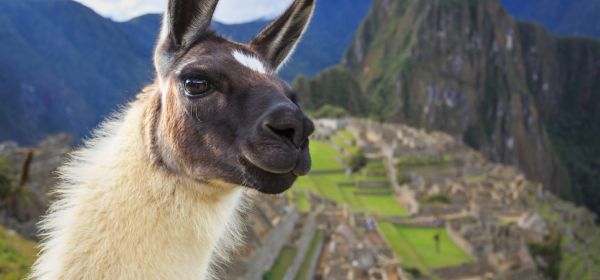Drew has always wanted to trek to Machu Picchu but has heard that it may soon be closed. Thankfully, in Travel SOS, Kay O’Sullivan is able to put his mind at ease.
Q. Drew
I’ve heard lots of stories of Machu Picchu no longer being accessible to those who wish to take the trek – is this true? And if not, are there plans to close it? If it’s no longer accessible, can you suggest an alternative way to see it, or should I just accept I’ve missed my chance?
A. Fear not, Drew, you have not missed your chance to see one of the wonders of the world.
The classic Inca Trail, the trek that most tourists take to get to Machu Picchu, will be open for business through most of 2016. It is always closed for repairs in February after the rainy season, and while there have been reports of further repair work during April, the classic Trail won’t be affected, nor will the Machu Picchu Citadel, the legendary lost city of the Incas. The work will focus on other trails in the region.
It’s all a bit complicated so it might help to know that in their entirety, the Inca Trails cover more than 40,000 kilometres, but the section that most tourists use is limited to the 42 kms that traverse the most famous archeological sites ending at Machu Picchu.
Most tourists hiking the classic Inca Trail opt for the four-day option that starts at kilometre 82 of the Cusco-Machu Picchu railway line, 42 kilometres from the Machu Picchu Citadel. But you can shorten or lengthen it and there are six other routes into Machu Picchu that range from one to 13 days.
Fortunately for all of us, the Peruvian Government guards its precious treasure fiercely. Strict new laws governing tourism were introduced last year after visitor numbers surpassed 1 million in 2012. Now, everyone has to be guided on the trail and guides have to be licensed. The government only issues permits for 500 tourists per day so you really have no option but to join a group. There are hundreds of tour companies operating in the area, plus loads of reputable Australian companies, such as Intrepid Travel, World Expeditions and Peregrine Adventures.
The best time to visit is during the warmer months of June, July and August, but they are also the most popular, so don’t expect to have this Inca treasure all to yourself. The rainy months, starting now, are best avoided.
Every person I know who has done the trek has told me that you absolutely must time your trek so that your first glimpse of Machu Picchu comes at dawn.
Everyone also agrees you need to spend some time in Cusco, the one-time capital of the extensive Inca Empire, to acclimatize. Interestingly, Cusco is 3300 metres above sea level and Machu Picchu, which you seem to trek upwards to, is situated at 2400m.
So it’s go, go, go and time to hit the step master Drew!
The official Peruvian Government tourism website is www.peru.travel
See also:
 Kay O’Sullivan is no accidental tourist. More than a decade ago, she decided to combine two of her favourite things – journalism and travel – and become a travel writer. Since then, she has written about travel for numerous papers, magazines and on the internet, both here and internationally.
Kay O’Sullivan is no accidental tourist. More than a decade ago, she decided to combine two of her favourite things – journalism and travel – and become a travel writer. Since then, she has written about travel for numerous papers, magazines and on the internet, both here and internationally.
Do you have a travel question for Kay? If so, email your Travel SOS to [email protected]
Travel SOS – Europe on a budget
Travel SOS – Travelling in Mongolia
Travel SOS – French walking holidays

